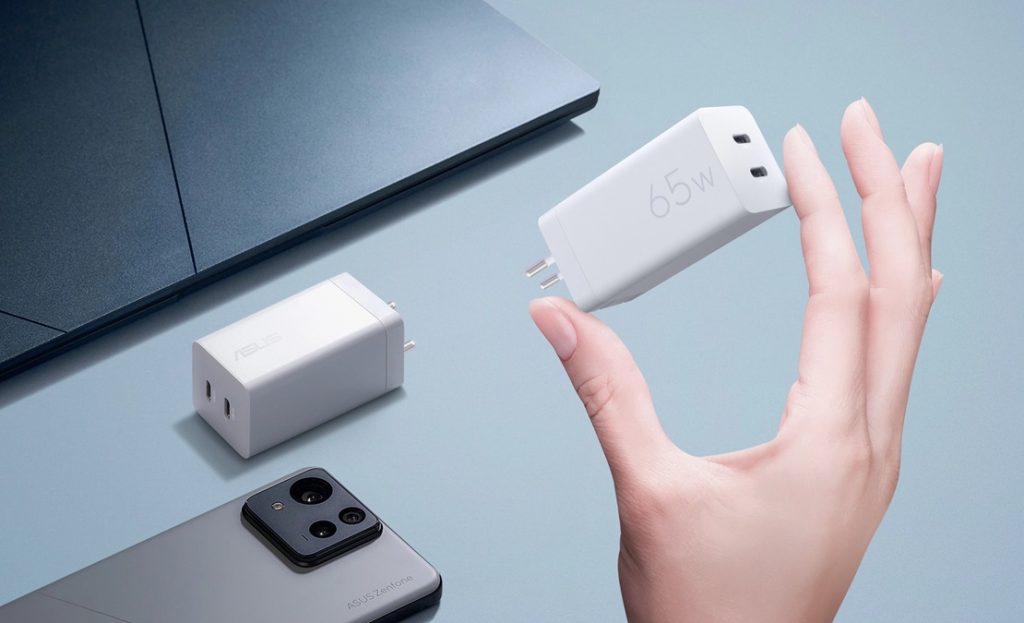Introduction
Xiaomi Corporation, a global consumer electronics and smart manufacturing company headquartered in Beijing, has significantly impacted various technological sectors, including smartphones, IoT devices, and smart home products.
As part of its ever-expanding product ecosystem, Xiaomi has also taken a strategic interest in the fast-evolving U.S. GaN Charger Market. With growing demand for compact and high-efficiency chargers in the U.S., Xiaomi’s innovation-led strategies have begun to influence the competitive landscape.
Xiaomi’s Entry and Approach to the GaN Charger Market
GaN, known for its high thermal efficiency and smaller form factor, enables faster charging at higher power outputs without the bulk and heat of traditional silicon-based chargers.
To address the growing demand in global markets, including the U.S., Xiaomi strategically released GaN chargers compatible with a wide range of devices, not limited to its own product ecosystem. These chargers, such as the Xiaomi 65W and 120W GaN chargers, gained traction for their affordability, reliability, and universal USB-C compatibility.
Adaptation Strategies in the U.S. Market
Xiaomi’s entry into the U.S. GaN charger market, a space dominated by local and Asian tech giants, has been subtle but calculated. The company has leveraged indirect distribution through online platforms like Amazon and partnerships with third-party retailers to overcome regulatory and geopolitical constraints.
Its strategy includes:
· Value-Driven Pricing: Offering high-wattage, multi-port GaN chargers at lower price points compared to competitors like Anker and Belkin.
· Universal Compatibility: Targeting a broader user base by ensuring Xiaomi GaN chargers support USB Power Delivery (PD) and Quick Charge protocols.
· Minimalist Design Aesthetics: Appealing to tech-savvy consumers with sleek and compact designs that match modern device ecosystems.
· Focus on Safety Certifications: Securing UL and FCC certifications for U.S. standards, enhancing consumer trust.
Emerging Innovations in GaN Technology
The U.S. GaN charger market is seeing rapid innovation, and Xiaomi is keen to stay competitive through continuous R&D investments. Some of the notable trends and technological innovations include:
· Next-Gen Power Management ICs: Xiaomi collaborates with chip manufacturers to improve power conversion efficiency and reduce heat generation in GaN chargers.
· Multi-Port Integration: Recent models include dual and triple USB-C ports, offering dynamic power allocation for charging laptops, phones, and wearables simultaneously.
· Integration with Smart Ecosystems: Xiaomi aims to integrate charging management with its Mi Home app, allowing users to monitor power usage and optimize charging schedules.
· Sustainability Focus: With rising environmental concerns, Xiaomi is exploring recyclable materials and energy-efficient production techniques for its charger lineup.
Market Development and Consumer Adoption
The U.S. market has shown increasing interest in GaN chargers due to the growth of portable electronics and remote work. Xiaomi's ability to meet this demand with competitively priced, high-performance products gives it a significant edge.
Moreover, as Apple and Samsung reduce or eliminate bundled chargers, third-party brands like Xiaomi see a surge in accessory demand. Xiaomi's advantage lies in offering flagship-level features in mid-range chargers, helping it gain a foothold in the U.S. accessory market.
Conclusion
Xiaomi Corporation’s calculated entry into the U.S. GaN charger market showcases its global adaptability and innovation-focused mindset. By emphasizing affordability, universal compatibility, and cutting-edge GaN technology, Xiaomi positions itself as a formidable player in a highly competitive market. As consumer demand for faster, smaller, and smarter chargers continues to rise, Xiaomi’s proactive strategies and continuous innovation are likely to secure a growing presence in the U.S. and beyond.





Comments